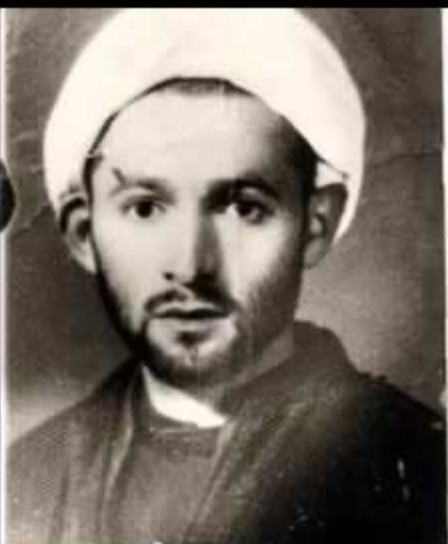#manuscripts #Shii #PositiveLaw #fiqh for much of the middle period through the #Safavid period the main text for the introductory study of the law was al-Lumʿa al-Dimashqīya of the #FirstMartyr #ShahīdAwwal Shams al-Dīn Muḥammad Ibn Makkī al-Jizzīnī al-ʿĀmilī (d. 1384) 1/
#ShahīdAwwal famously wrote this work in prison in Damascus - and there has always been a sense that he may have had some links with the #Shii #Sarbadar rulers of Khurasan for whom he may have written it as a manual to implement alfeker.net/library.php?id… 2/ 

On #ShahīdAwwal the #Shia of Syria and his execution see this excellent article by Stefan Winter in the #MamlukStudiesReview mamluk.uchicago.edu/MSR_III_1999-W… 3/
On the importance of the relationship between the #Shii scholars of Jabal ʿĀmil and Syria on one hand and those in Iraq (especially al-Ḥilla) and in Khurasan, Jaʿfar al-Muhājir is a useful study (and there are also plenty of primary sources) mktba.net/library.php?id… 4/ 

Back to our manuscript this is MS Āstān-e quds-e Rażavī (Mashhad shrine) 2547 a copy of al-Lumʿa with a marginal gloss by #SecondMartyr #ShahīdThānī Zayn al-Dīn b. ʿAlī al-Jubaʿī al-ʿĀmilī (d. 1558) 5/ 





#ShahīdThānī completed this work on Saturday 26 Muḥarram 940/August 1533 when he was a young man having studied locally in Jabal ʿĀmil and Damascus 6/ 

A bit later he studied #Shāfiʿī law in Egypt and then in Iraq with #Shii teachers and in the #Ḥaramayn with Shāfiʿī teachers again before settling back in his homeland 7/
#ShahīdThānī wrote a large commentary on al-Lumʿa entitled al-Rawḍa al-bahīya alfeker.net/library.php?id… completed in 1550, demonstrates how texts in the seminary were rarely read without a commentary and then usually not in its complete form 8/ 

On the #Ottoman execution of #ShahīdThānī see this article by Devin Stewart jstor.org/stable/2779827… #ShiiLaw 9/ 

• • •
Missing some Tweet in this thread? You can try to
force a refresh
















